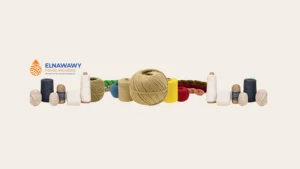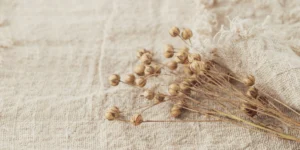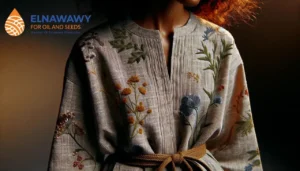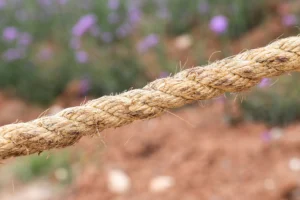For a long time, finally, the tide seems to change towards sustainability and eco-friendliness in the fashion and textile industries.
Hemp vs Linen Two natural fibers have emerged at the forefront: Hemp vs Linen. Both have been in use for many centuries and boast strength, versatility, and eco-friendly qualities. Yet, despite these similarities, they have many striking differences that will continue to shape their uses across fashion, interior design, and construction.
The following article looks in-depth at a comparison between hemp and linen, covering the production of such fibers, history, properties, environmental impact, and their recent interest in applications involving sustainability.
How the Fabrics Are Made? Hemp vs Linen
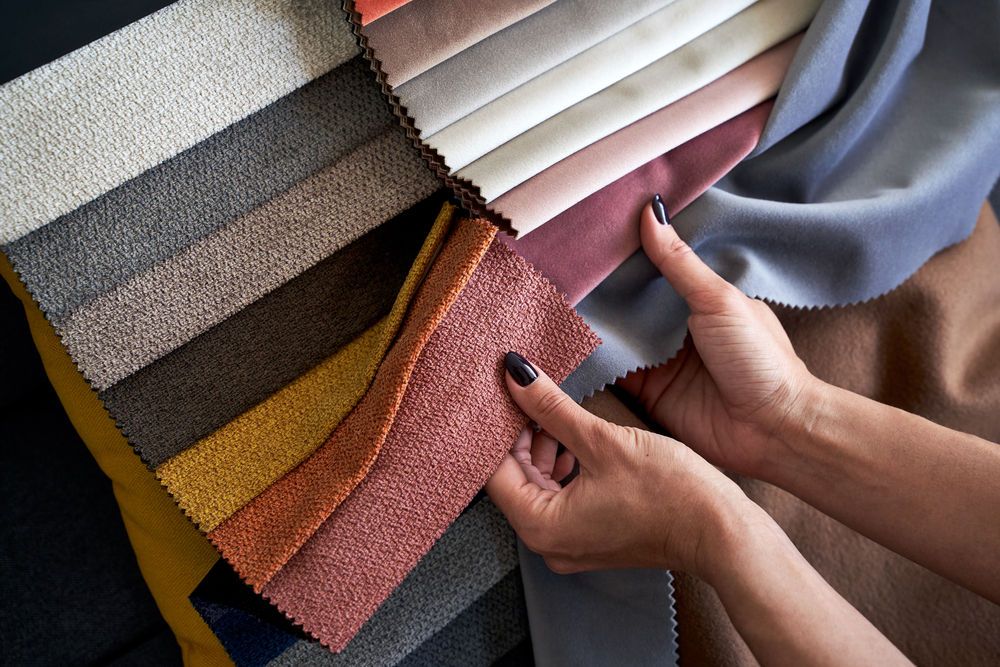
Bast fibers, obtained from the stalks of hemp and flax plants, (Cannabis sativa) and (Linum usitatissimum) respectively, form the basic origin for making hemp and linen fabrics. These are obtained through the process of retting, whereby the plant material is submerged in water to separate the fibers from the stem.
The production process of Hemp vs Linen reveals key differences in texture, softness, and sustainability.
This fibrous layer on the outer part of the stalk undergoes a number of processes in order to get these fabrics.
Find Out More: 12 Reasons to Choose Hemp Shoes: Stylish, Sustainable Footwear
Hemp Fabric
Hemp fabric is made by weaving the fibers from the stalks of the hemp plant. The fibers are generally longer, thicker, and more rugged compared with flax fibers.
It usually has a coarser texture due to the texture of the raw material. Modern manufacturing methods have made hemp fabrics much softer and hence comfortable enough to be worn.
These processed fibers are then spun into yarn and further woven into fabrics for garments, accessories, and other textile products. Hemp fabric does not require the use of pesticides in its cultivation because it is naturally pest-resistant.
Linen Fabric
Linen is a by-product of the flax plant, and its processing is quite similar to that of hemp. The flax plant has stalks from which fibers are processed through retting to make yarn, then further into weaving fabrics. Generally, linen is said to be smoothly and crisply textured, acquiring its softness over repeated washing and wearing. Its fibers are finer compared to hemp, so linen always appears finer while being strong in wear. Linen is highly breathable and hence considered as one of the best materials for hot and humid regions.
Find Out More: Hemp Cord: 7 Powerful Reasons to Love It for Every Project
Hemp vs Linen: A Brief Background
Both hemp and linen have long been utilized by human civilization.
The rich history of Hemp vs Linen highlights their long-standing significance in the textile industry.
Hemp was cultivated over 10,000 years ago for textiles, ropes, paper, and even sails. The toughness and versatility of the plant made it a vital material through the ages. All that said, however, industrial hemp cultivation was severely restricted for many decades in the United States because it’s in the same family as marijuana.
Only after the 2018 Farm Bill lifted the ban on the growing of industrial hemp has the textile industry started reemerging as the fashionable, ecologically conscious alternative to synthetic fibers.
Linen, meanwhile, boasts an even richer heritage: ancient Egyptians, Romans, and Greeks wore the fabric, sleeping under it, wrapping their wounds with it. It is a fabric considered to be extremely cooling and was historically a representation of wealth and royalty. In some parts of the world, such as in Europe, the usage of linen is prior to that of hemp, since this region originally is a home for a plant called flax.
The coming of synthetic fibers in the 20th century gave it a setback in production, but nowadays, due to an inclination toward sustainability, it is making its strong comeback.
Find Out More: 7 Irresistible Reasons to Love Natural Linen Yarn
Common Features of Hemp vs Linen Fibers
Despite differences, Hemp vs Linen share similar characteristics, such as being breathable and biodegradable.
Hemp and linen originate from different plants but they do possess a lot of similar features, especially in their physical properties and ecological friendliness. Both fibers are:
- Natural & Breathable: Both hemp and linen are highly breathable fabrics and, therefore, very well-suitable for hot climates. Their natural fibers allow air to pass through the material and prevent the buildup of heat to keep the wearer cool.
- Durable: Both fabrics are extremely durable. Hemp is one of the strongest natural fibers, and once manufactured into fabric, it does not tear easily. Linen is strong but appears to wrinkle more. If well taken care of, both fabrics can last for years, even decades.
- Breaks in comfortably: Both fabrics are rather stiff or rough initially, which tends to wear out after repeated use and washing, hence making it even more comfortable with time. When both fabrics wear out, they break in considerably.
- Biodegradable and Recyclable: Hemp and linen are biodegradable materials, meaning they break down naturally in the environment, unlike synthetic fibers like polyester or nylon, which take several hundred years to decompose. As such, they are both excellent choices for sustainable fashion.
- Hypoallergenic & Antibacterial: Both hemp and linen fibers are hypoallergenic, making them ideal for people with sensitive skin or allergic cases. Moreover, these fibers will not support the growth of bacteria and fungi, which basically helps reduce unwanted smells.
- Dyeability: Both fabrics dye well, providing a wide-ranging color gamut from vivid to pastel shades. The difference in dyeing widens the feasibility of using both hemp and linen for different design requirements, ranging from fashion to interior textiles.
Diverse Products & Applications Hemp vs Linen
Application of Hemp vs Linen can be in the most varied manner- from fashion, and accessories to textiles, and construction.
Application of Linen
- Fashion: Linen is a light and airy fabric; therefore, it is ideal for summer wear. It has been extensively used in shirts, dresses, pants, skirts, jackets, especially during the hot seasons of the year.
Linen garments are stylish and practical; besides, they absorb moisture and keep cool during the hot period of the year. - Home Textiles: Linen finds wide applications both in bedding and tableware for its strength combined with its grace.
Linen sheets have the added advantage of being breathable and regulating body temperature, and they are considered soft and luxurious to sleep on. Linen tablecloths, napkins, and towels are staples in many households because of their absorbency and resistance to discoloration. - Interior Design: The timeless appeal of linen lives in homes for which it’s now being used for making cushions, curtains, and upholsteries. Intrinsically, linen brings that fresh, country feel indoors, specifically with minimalist or Scandinavian-style themes.
Find Out More: Best Linen Yarn for Knitting 2025
Hemp Applications
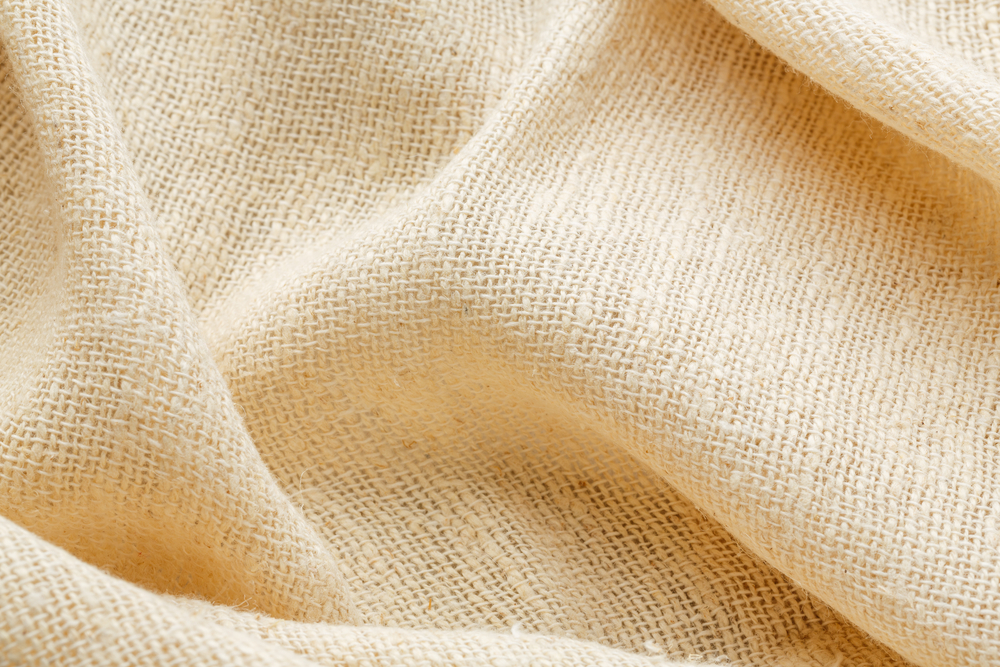
- Fashion: Hemp fabric has grown in popularity as a sustainable alternative to cotton and synthetic fibers. From T-shirts, jeans, jackets, and dresses, hemp clothes are durable, and friendly to the environment. Hemp naturally resists UV radiation, making it an ideal material for outdoor gear and activewear.
- Accessories: Handbags, wallets, belts, and shoes are some of the accessories prepared with hemp fibers. The strength and special texture of this fabric lend the products a tough but stylish look.
- Home Textiles: It is used in towels, bed linens, and rugs. Natural resistance to mildew and mold makes it very well suitable for places that are exposed to moist conditions, like bathrooms and kitchens.
The use of hemp is also being tried as a sustainable building material. One of the most innovative uses has been in the construction industry, with a mixture of hemp stalks and lime known as hempcrete, which is an environmentally friendly alternative to traditional concrete. Hemp-based insulation materials have natural soundproofing and provide good thermal regulation.
Environmental Impact: Hemp vs Linen
Both hemp and linen boast of being friendly to the environment, but they contribute towards sustainability in their different ways.
Hemp’s Impact on the Environment
- Water Efficiency: Hemp is widely regarded as among the few crops that can thrive with relatively minimal water levels. It uses approximately half the water amounts that cotton relies on for its growth, making it an environmentally friendly option to produce textiles.
- Soil Health: Hemp’s deep roots help prevent soil erosion and improve soil structure. This is especially important in areas prone to desertification. Hemp also requires fewer chemical inputs than cotton, making it a great choice for organic farming.
- Carbon Sequestration: Hemp is an excellent carbon sink. Its fast growth allows it to absorb large amounts of CO2 from the atmosphere, hence contributing to the reduction of greenhouse gases.
- No Use of Pesticides: Hemp is naturally pest-resistant, unlike other crops which require pesticides to keep them safe from pests that can harm the environment and local ecology.
In terms of environmental impact, Hemp vs Linen has distinct advantages that cater to different sustainability needs.
Linen and the Environment
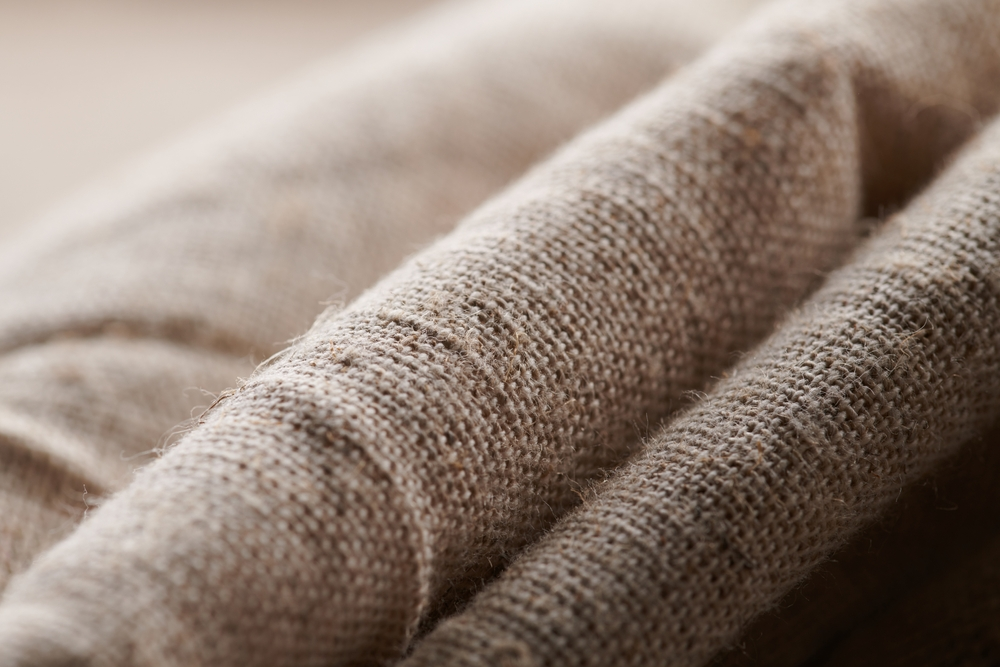
- Water Usage: Flax plants require much less water to grow than cotton. However, they do need a more temperate climate to thrive.
- Soil Health: Much like hemp, flax has beneficial returns to soil health. The roots help to break the soil apart and create a better structure, thus not allowing erosion of the top layer.
- Biodiversity: The cultivation of linen can support biodiversity, especially in organic conditions. It is more diverse in terms of habitats for wildlife as compared to cotton monoculture plantations.
- Pesticides: Linen tends to be more susceptible to pests than other crops if the flax plants are not grown organically. But flax is often grown sustainably, using fewer chemical inputs compared to most textile crops.
Find Out More: Linen: 10 Must-Know Tips to Transform Flax into Luxury
Fabrics of the Future
- Looking ahead, hemp and linen will be two of the most important fabrics of the future, especially as more and more consumers demand greener and more sustainable products.
- Innovations in both materials are leading to more comfortable, durable, and versatile fabrics.
- Hemp is increasingly playing an important role in sustainable construction, biodegradable packaging, and eco-friendly fashion, while linen remains a synonym for luxury and comfort in the textile world.
- Both fibers have huge potential that can enhance the textile industry to be more sustainable and responsible.
- While the world is embracing greener practices, both hemp and linen are not only rivals but complementary in being different from each other and contributing to a sustainable future.
FAQs About Hemp vs Linen
Is hemp fabric softer than linen?
Is hemp more durable than linen?
How does hemp stand against linen on the sustainability aspect?
Is hemp and linen fabric good for sensitive skin?
Which fabric is better for hot weather – Hemp vs Linen?
How easily can hemp and linen fabrics be dyed?
Are hemp and linen fabrics biodegradable?
Does hemp fabric find its application area like that of linen?
Is hemp fabric eco-friendly in terms of production?
Conclusion
As we’ve seen in this Hemp vs Linen comparison, both fabrics contribute to a greener future in the textile industry.
So, In the debate between hemp and linen, each has a great deal to bring to the table for its sustainability and multi-purpose nature. Be it for the toughness of hemp or the never-out-of-style appeal and ability of linen to breathe with ease, these materials are irreplaceable in today’s eco-sensitive world of fashion and home design.
Each time hemp or linen is chosen, that consumer is making a strong, powerful choice on behalf of the planet toward a cleaner and more sustainable future.

